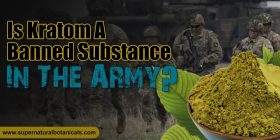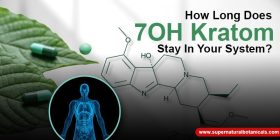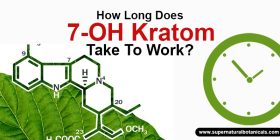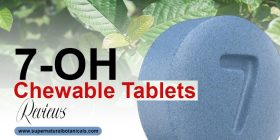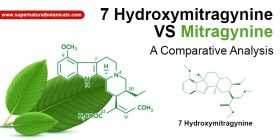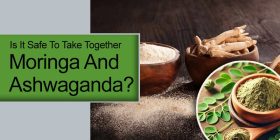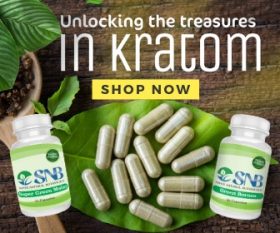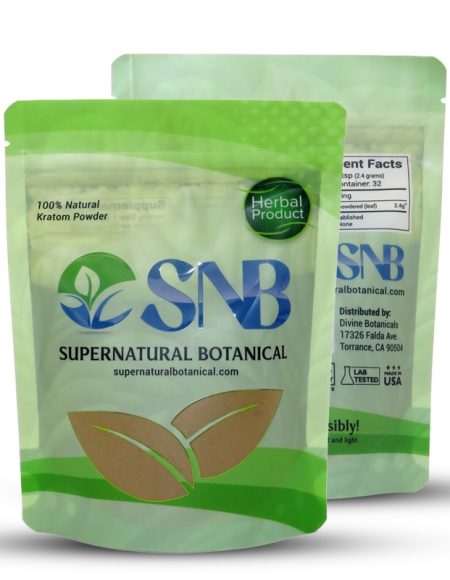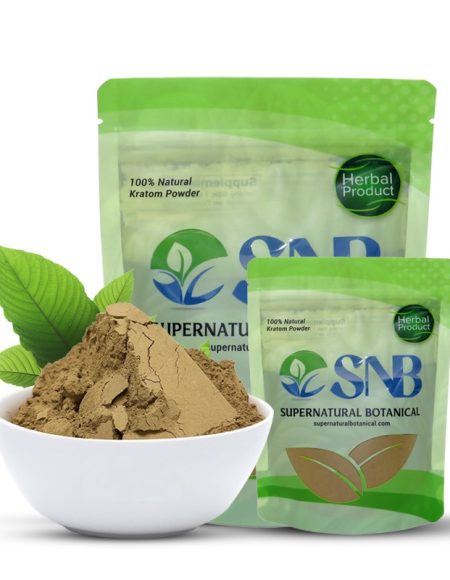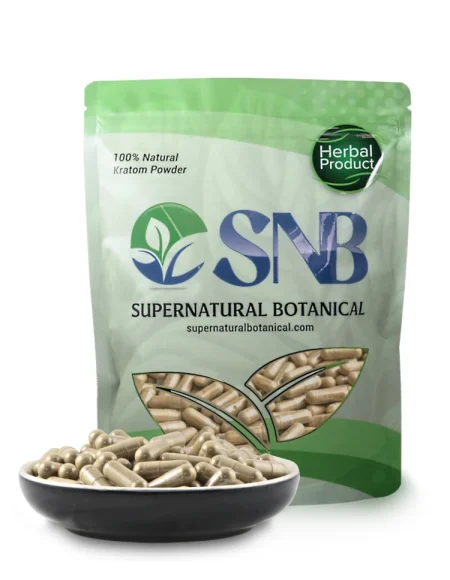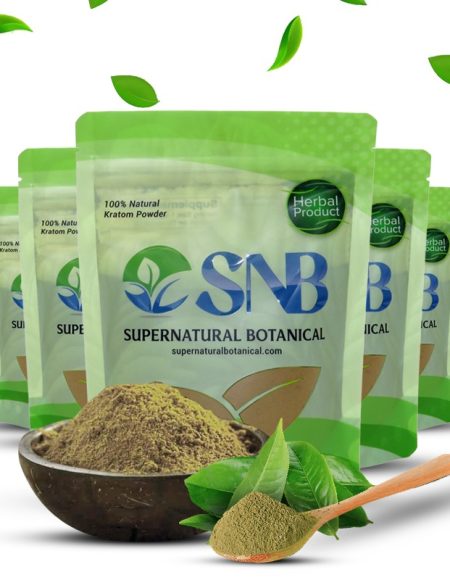Now, as the world has advanced and the herb Kratom has been uncovered, its alkaloids have also been acknowledged. These Kratom alkaloids are naturally occurring components in this plant, but how many are there? How do they compare in terms of strength? How do they work, and are they safe?
Every other Kratomhead has these questions popping up one day or another. To cater to this need, we are going to discuss the list of key Kratom alkaloids and their strength, working, quantity, and a lot more. So stick with us until the end.
Table of Contents
What Are Kratom and alkaloids?
Kratom, also known as Mitragyna Speciosa, is an evergreen tree that grows in Southeast Asia. The countries where it naturally grows are Thailand, Myanmar, Indonesia, Papua New Guinea and Malaysia. This tree is known to have certain therapeutic properties, and that is due to the presence of alkaloids in Kratom.
Alkaloids are the naturally occurring compounds in this particular plant. Their effects also depend on the dose. Consequently, Kratom dosage is crucial.
How Do Kratom Alkaloids Work?
Mitragynine is the metabolite most studied so far. However, some other Kratom alkaloids, such as 7-hydroxymitragynine, corynantheidine, and speciociliatine, have also been studied.
Alkaloids in Mitragyna Speciosa work by binding themselves to the brain receptors in the same way substances do. However, the effects are not as intense which is why they are chosen instead. This herb has two main compounds: Mitragynine and 7-hydroxymitragynine.
What Is The Total Amount Of Alkaloids In Kratom?
Well, in general, the amount of compounds in Kratom varies. It depends on various factors like geographic origin, maturity, processing technique, and the form. For instance, red strains comparatively have higher levels of these chemicals than white strains, whereas green strain fall between red and white.
On the flip side, even products have varying amounts of each component. Kratom tinctures are known to have way more alkaloids than other Mitragyna Speciosa forms.
Mitragynine
The total number of compounds present in Kratom, Mitragynine, is seen to be ranging from 66% in Thai cultivated plants, and when grown in Malaysia, it can be around 12%.
Paynanthene
Studies have shown that it is the second metabolite available in high amounts, around 10% of the total content.
7-hydroxymitragynine
The concentration of this compound in native leaves was around LLOQ, <0.001%.
Speciociliatine and Speciogynie
These both, when combined, quantify around 8-9% on average.
Mitraciliatine
It has the least amount present in Kratom, and that is only about 1% of the total content.
How Is Kratom Alkaloid Content Evaluated?
There are many ways through which they can be identified. Let’s talk about some of these methods.
Botanical Identification
The leaves are microscopically identified, but this method can be misleading, as the leaves of plants in similar genera are the same.
Thin Layer Chromatography
Here, the leaves are separated on the plates and detected under the UV lamp. Later, these leaves are sprayed with some chemicals, and Mitragynine can be recognized as purple or gray spots.
Liquid Chromatography
This is one of the most accurate methods, and it was basically utilized to catch the presence of Mitragynine, caffeine, chlorpheniramine, codeine, and phenylephrine in Kratom cocktails.
DART
DART, also known as Direct Analysis in Real Time Spectrometry, was introduced to rapidly identify and separate Kratom plants. Later, more varieties of this plant were also identified in terms of their alkaloid profile.
Other techniques include Gas chromatography, Immunological methods, Raman and portable devices, capillary electrophoresis, and Supercritical fluid chromatography.
Which Alkaloid Is The Most Potent Of All?
Two Kratom alkaloids, named Mitragynine and 7-hydroxymitragynine are strong enough to take the lead among all other components.
In simple words, these compounds are nonetheless responsible for the characteristics of the Mitragyna Speciosa plant. Other alkaloids follow. They are considered to be behind this herb’s analgesic properties.
List Of Most Potent Alkaloids In Kratom
Kratom has over 40 alkaloids as stated earlier, Mitragynine and 7-Hydroxymitragynine are the dominant ones. All these compounds occur naturally in the plant. Besides these two, the other worth mentioning Kratom alkaloids in terms of potency are;
- Speciociliatine
- Paynantheine
- Speciogynine
- Corynantheidine
- Mitraphylline
What Other Prominent Kratom Alkaloids Are There?
We stated earlier that there are plenty of Kratom alkaloids. We have mentioned some prominent ones: flavonoids, Flavonols, Sitosterol, Stigmasterol, Daucosterol, Monoterpenes, Roseoside, Secoiridoid glycosides, and more.
What Makes Kratom Alkaloids Stronger?
Simply, the stronger the product, the more alkaloid content. However, potency is based on many other factors, including their chemical structure, how they interact, and environmental factors. Let’s discuss some factors to get a better understanding.
The Binding Power
Compounds that bind tightly to certain receptors are more powerful than others. For example, users claim that 7-Hydroxymitragynine has stronger binding with the receptors, so the results are deep-seated.
Concentration
The higher the concentration of alkaloids, the stronger the effects. Therefore, for obvious effects, people go for mature strains, as they have compounds in excess.
Cultivation
It is said that rich soil and ideal weather play vital roles in blessing a strain with its alkaloids. Consequently, Southeast Asian countries produce the best Kratom.
Time of Harvest
The more time you give to the tree, the more Kratom alkaloids it will hold. Therefore, young leaves barely have sufficient compounds.
Processing Methods
If you dry, ferment, or extract the leaves improperly, you are definitely suppressing the overall composition and will not achieve the desired effects.
How To Know The Number Of Alkaloids In A Leaf?
Lab tests are conducted to determine the exact percentage of Kratom alkaloids and the presence of any pesticides or harmful metals. Therefore, any reputable vendor would not hesitate to share lab test reports and even third-party lab testing reports of their Kratom batch. High-quality Kratom definitely has active compounds in abundance.
Are These Alkaloids Safe For Use?
The experience and safety entirely depend on how you consume Kratom. To stay safe, it is better to consult a healthcare professional before you get your hands on any Mitragyna Speciosa product.
The doctor will set a dose for you, and it is suggested that you start with a low dose. Moreover, if you use it for an extended period of time, there is a risk of developing a habit and tolerance. Practice the tips below to avoid any risks.
- Don’t overdose
- Avoid fake products
- Don’t mix with other substances
- Don’t use it for a long time
- Don’t drive or operate any machinery
Final Word
Finally, we reviewed the list of key Kratom alkaloids and their strengths. We also discussed the role alkaloids play in enabling Mitragyna Speciosa to work wonders for so many people. As more research is underway on this plant and its components, we will have more clear information in the future to learn more about it. If you found this article helpful, don’t forget to share it with your friends.


Jennifer Kurtz is a founder of KratomGuides.com and studied medicine at the New Jersey School of Medicine (Rutgers). She is passionate about developing her knowledge of Kratom, and nutritional supplements. In addition to attending medical webinars and conferences, she loves to write research-based articles for magazines, healthcare professionals, and medical agencies. Jennifer is always looking to develop her knowledge for the Kratom through scientific researches and frequently asked questions of customers looking to buy kratom from reliable sources.



